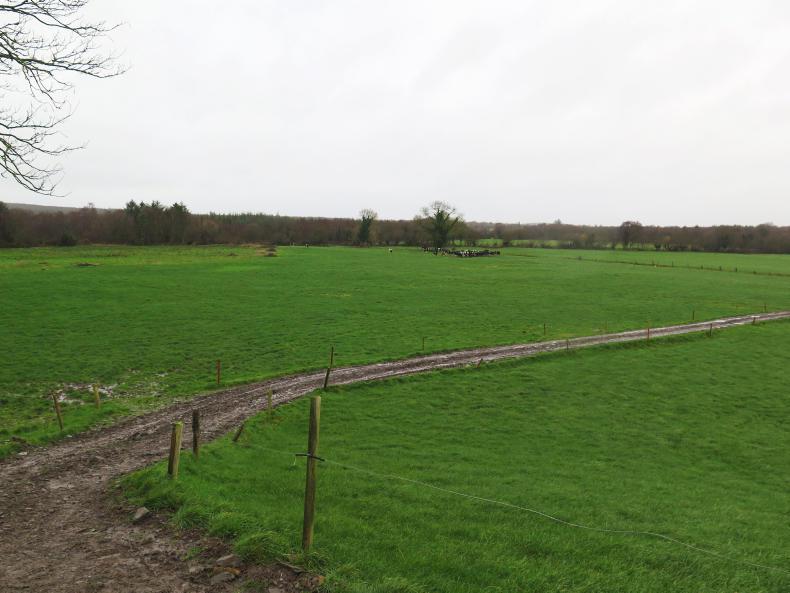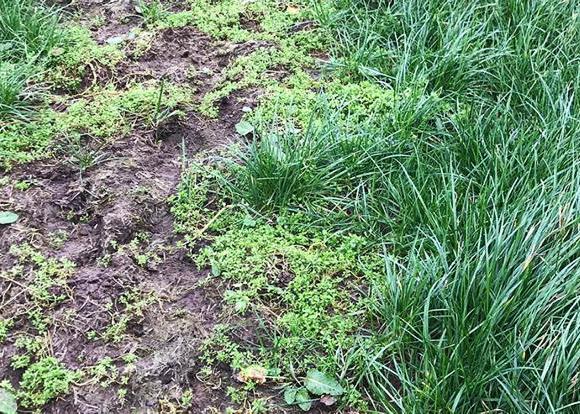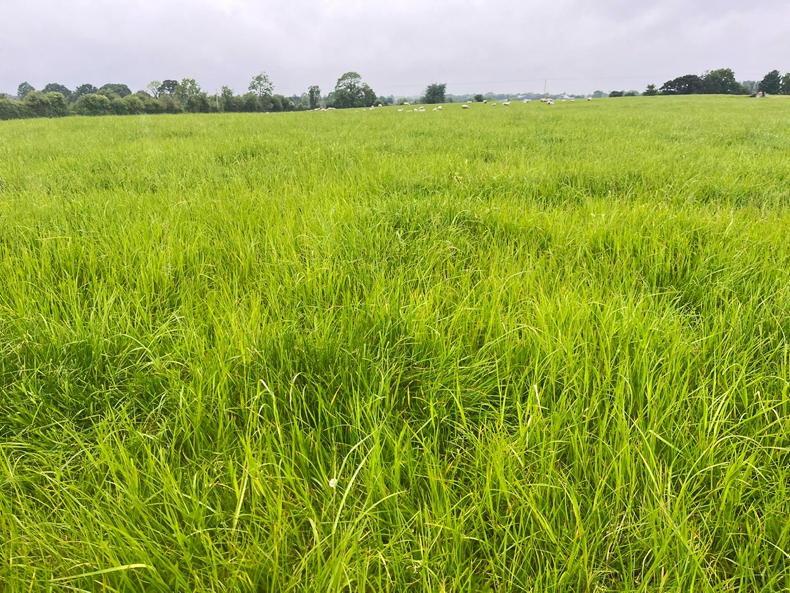Keep looking back at first paddocks closed up. We are nearing the end of the grazing season.
How do you know if you can afford to go back and graze a paddock that was grazed in the last week of September or the first week in October?
The best way to make this decision is by walking the farm and seeing what your average farm cover is today and then budgeting out what you think it will be on 1 December.

If you find you are going to be ahead of your target, you may be able to graze another paddock. However, for the majority of farms they will notice that they are going to fall short of their target closing cover and will end up not grazing paddocks that were originally planned to get back to graze again.
Valuable spring grass
Spring grass is much more valuable than autumn grass, so if in doubt, close up the farm earlier and leave the grass for the spring.
The other question that farmers are asking is what’s the highest grass cover you want to carry across the winter? This depends on how much grass your farm can grow in December and January.
For farms that have good growth over the winter, averaging 5kg/day they will add 300kg DM/ha, whereas other farms may only grow 2.5kg/day over the same period, only adding 150kg DM/ha.
So with that in mind, ideally the heaviest cover on the farm on 1 December should be around 1,500kg or 1650kg/ha, which will give you a cover of around 1,800kg on 1 February and 2,200kg by grazing 1 March.
If we take this back one more step, any paddock with a grass cover of greater than 1,200kg this week should be considered for grazing.
But, again, I would stress that making sure you reach your target closing cover is the best way of ensuring you have enough grass this spring and grazing one high cover could have a big effect in dropping your AFC and may be best left till the spring.










SHARING OPTIONS